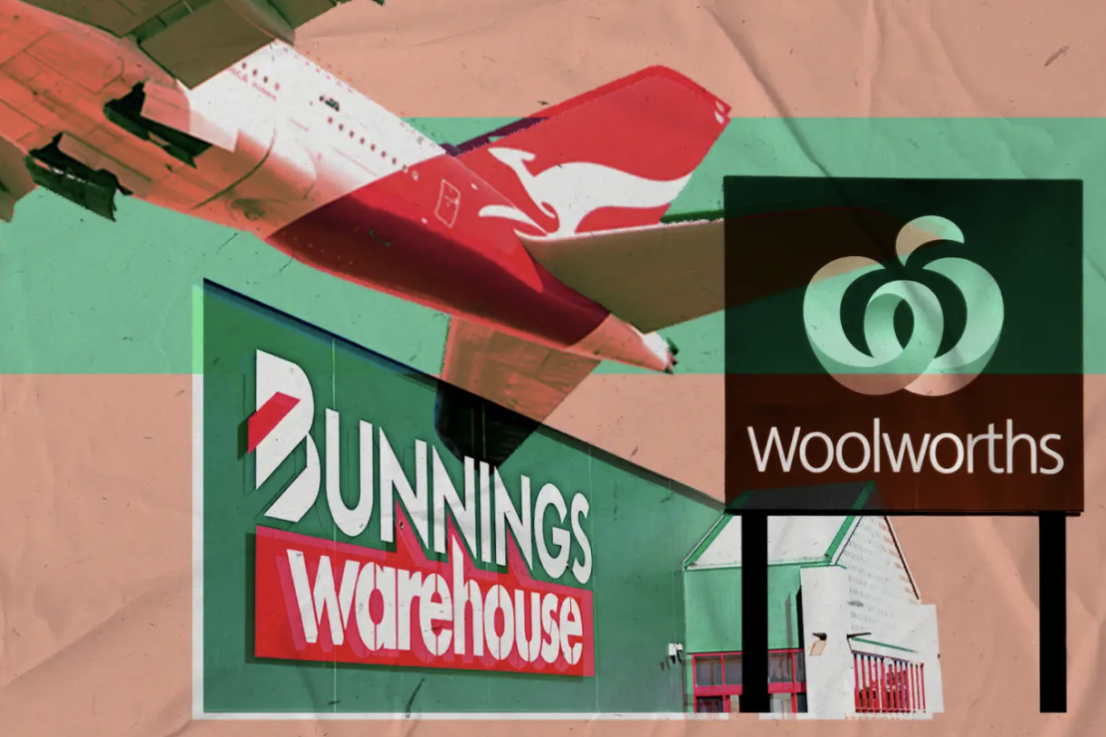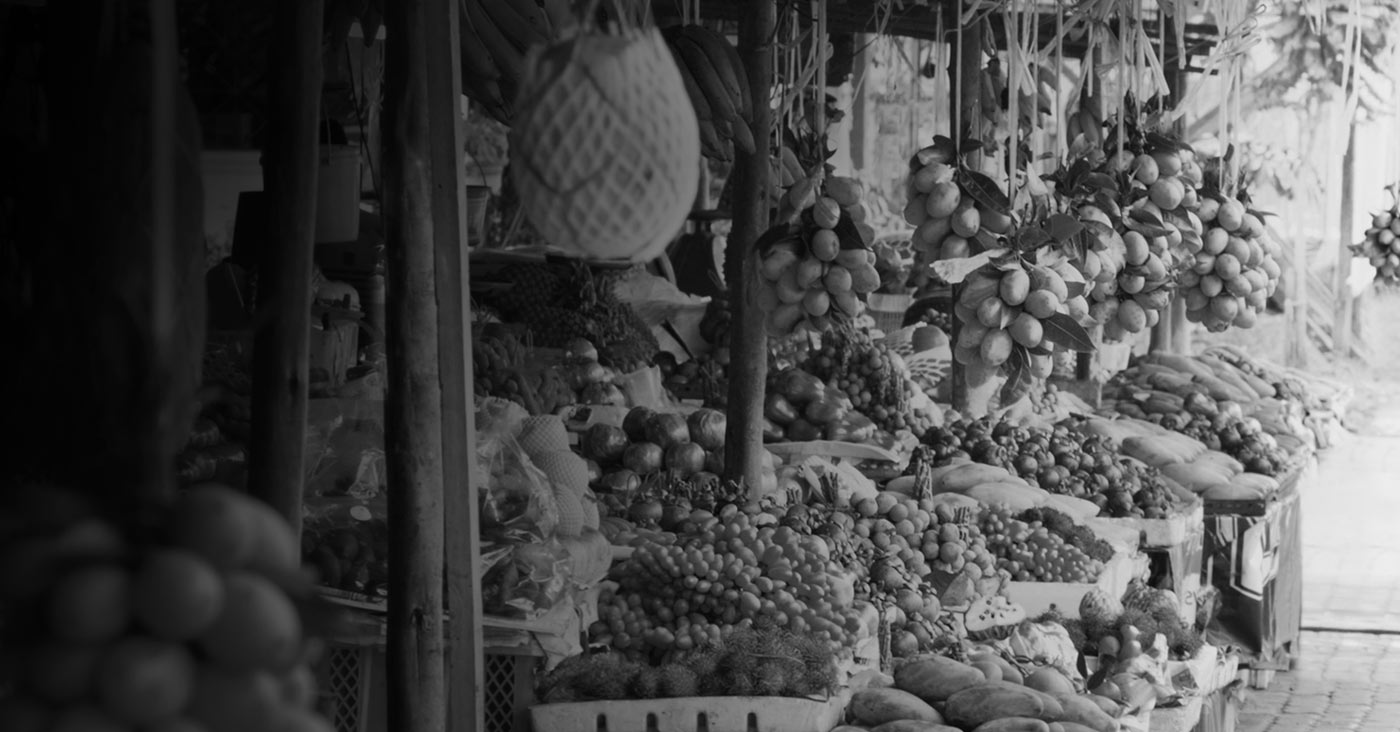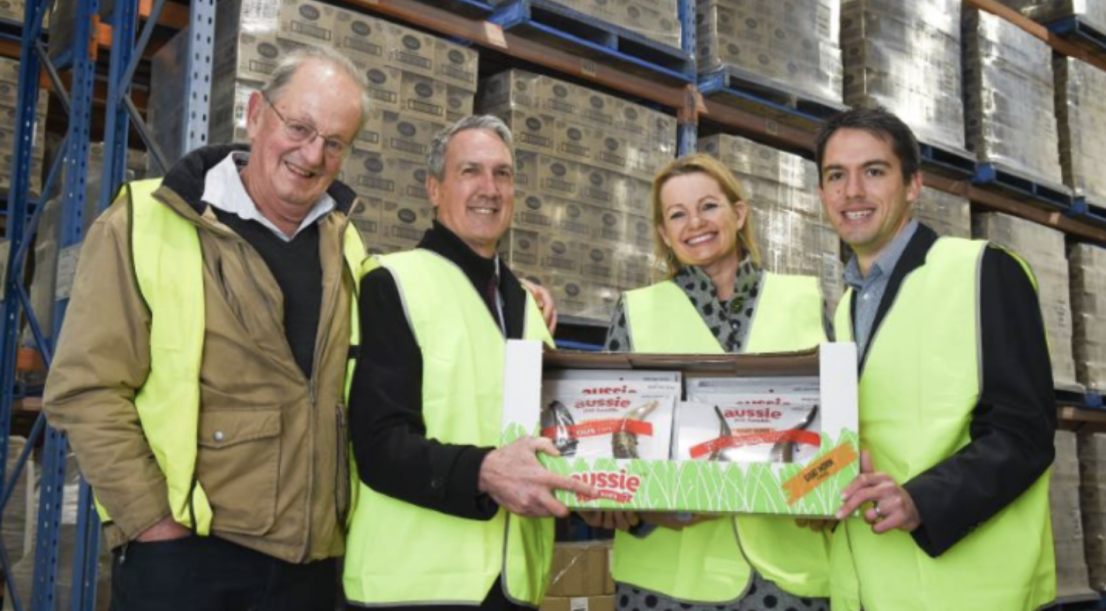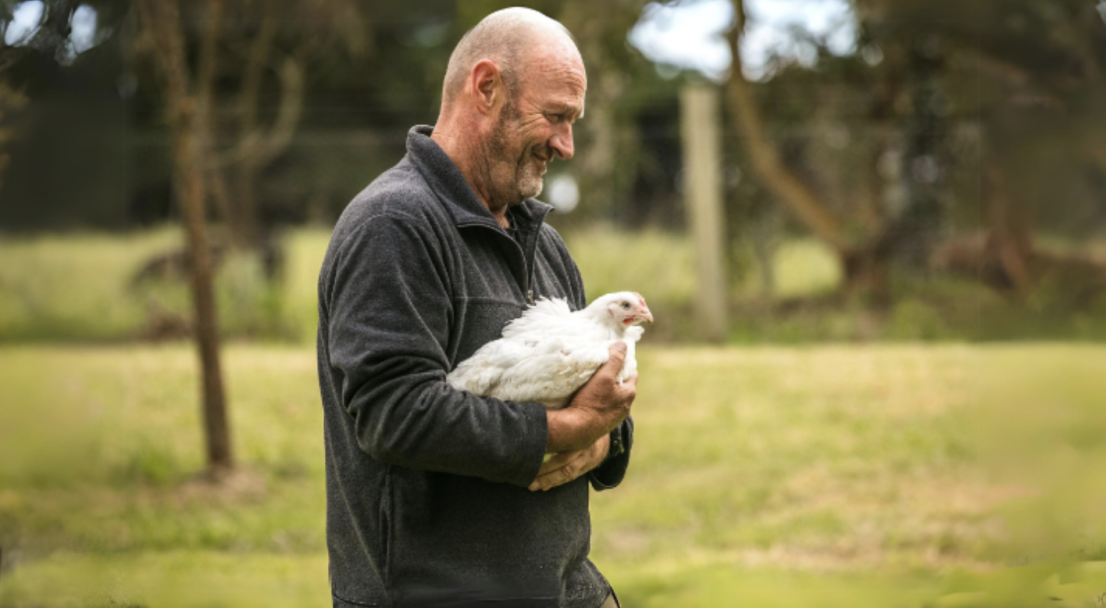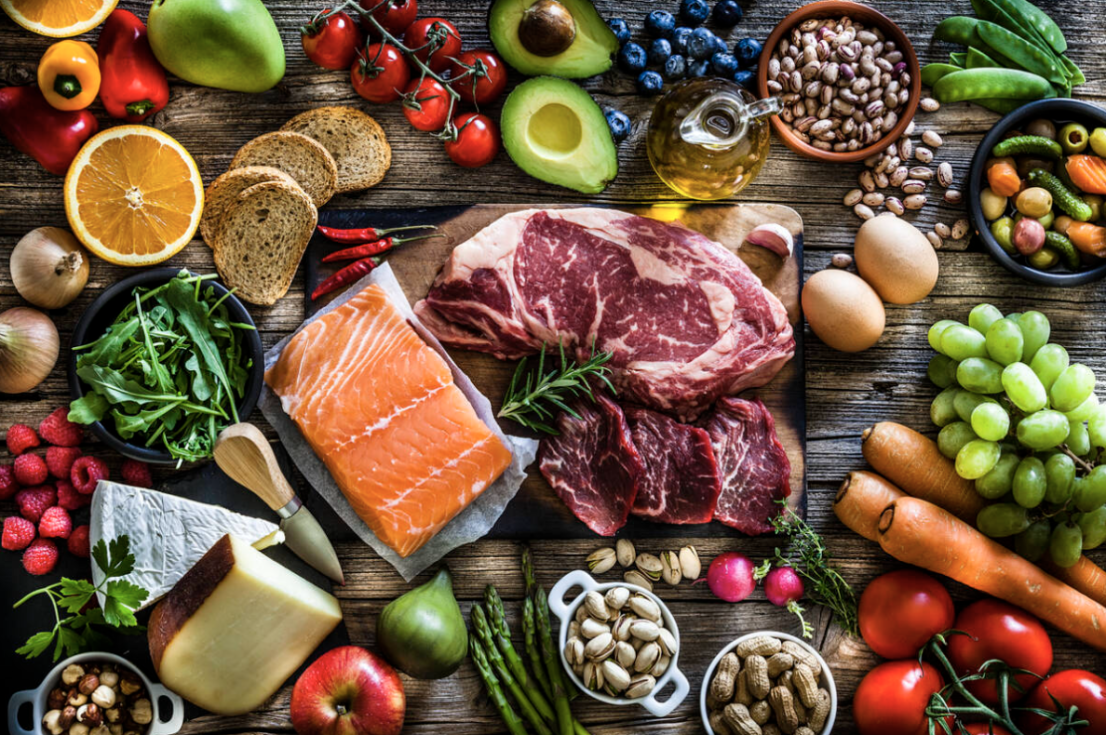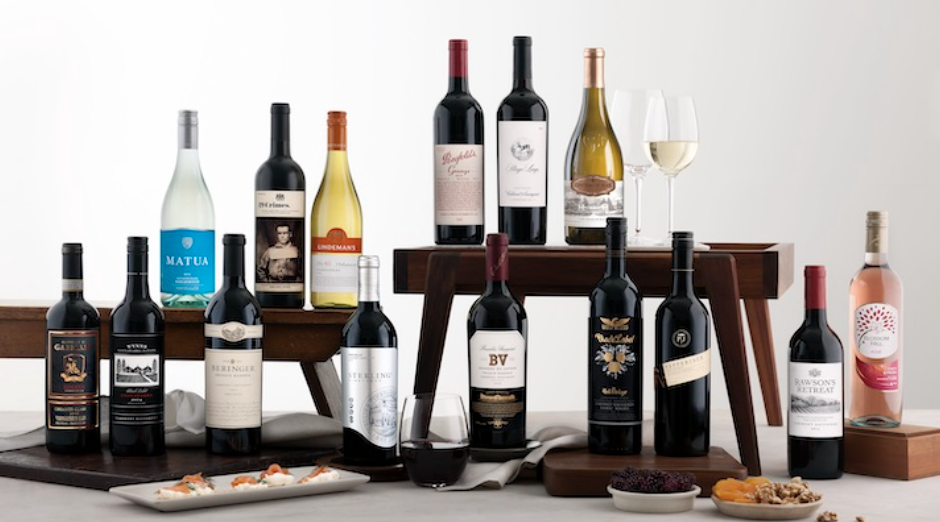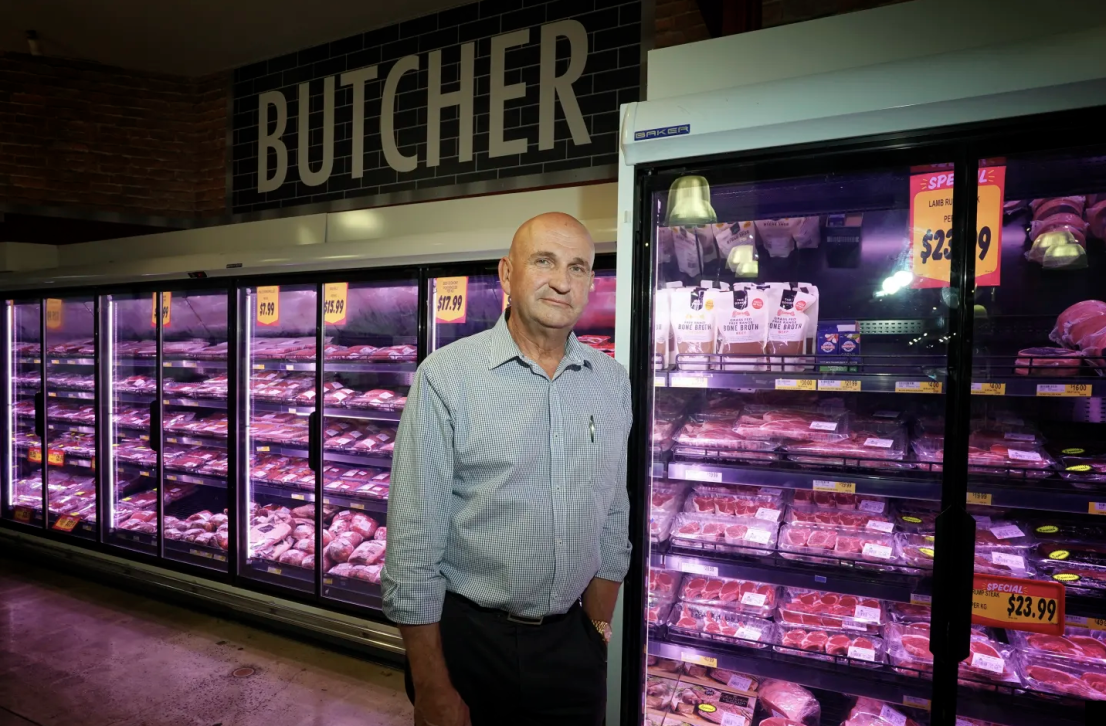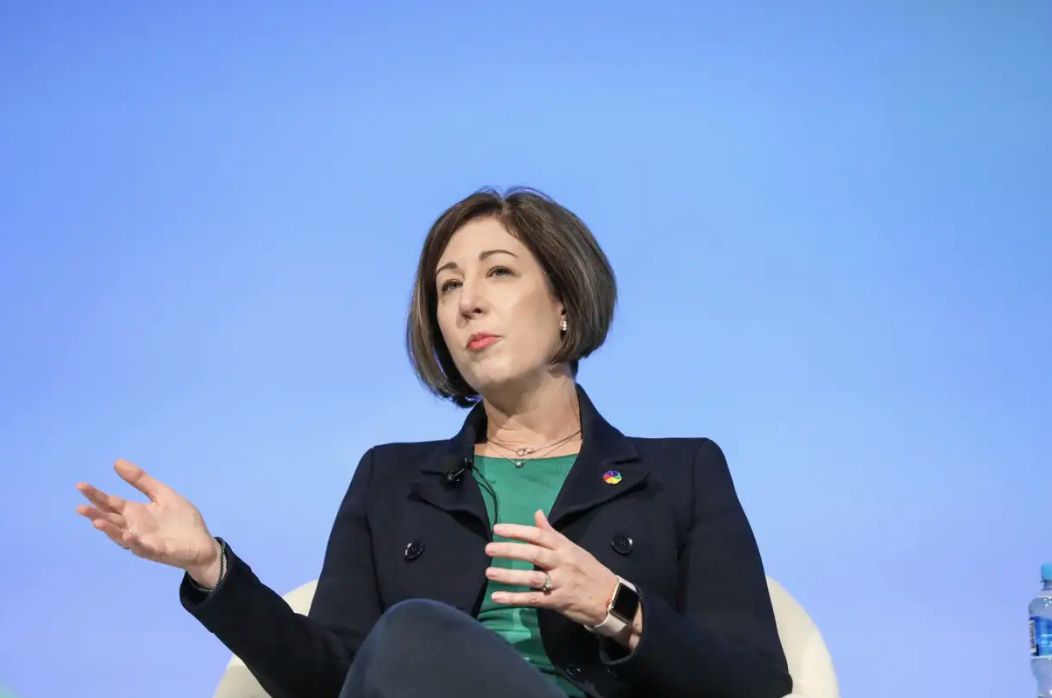
Pharmacy giant Chemist Warehouse has more than doubled its first half profit ahead of a proposed merger with ASX-listed Sigma Healthcare, as public consultation on the deal draws to a close.
Sigma, which reported its full year profit on Thursday, said it expected the Australian Competition and Consumer Commission (ACCC) to make a ruling on the proposed merger in the second half of the year, with the size of the combined businesses and the considerable community interest contributing to the time frame.
The ACCC is accepting public submissions on the deal until March 28, and Sigma managing director Vikesh Ramsunder said his company was in regular communication with the regulator.
The Chemist Warehouse first half results were included in the Sigma results briefing on Thursday, and showed the pharmacy group, owned by founders Jack Gance and Mario Verrocchi and their respective families, increased its revenue 5.5 per cent over the first half to $1.77bn, while net profit was $360.1m, up 104 per cent.
Chemist Warehouse added nine stores to its Australian network and nine internationally, and the briefing said the network’s value proposition was resonating with customers, while there had also been successful online profitability initiatives.
For its part Sigma boosted its full year net profit to a modest $4.5m, up about 150 per cent on the previous year’s result, on revenue of $3.32bn, down 9.2 per cent.
Stripping out merger costs to date, Sigma’s EBIT of $31.4m was up 62.7 per cent and net profit came in at $12.7m.
The company said its two year transformation process had resulted in a much-improved business.
“Customer service performance metrics are now sustained at world class levels and execution of the simplification strategy has recognised an improvement in productivity and cash flow,’’ Sigma told the ASX.
The company said the fall in revenue largely reflected the disposal of its hospital
distribution business during the year and elevated sales of Rapid Antigen Tests (RATs) in FY23 that have not repeated.
Mr Ramsunder said the company had delivered a solid result.
“With our operating performance strong, we have been able to drive efficiencies across our business, reducing total operating costs by 10.7 per cent after absorbing merger proposal costs, providing a catalyst for our current and future financial performance,’’ he said.
“The company-wide simplification program and divestment of non-core assets has delivered a
leaner operating model.’’
Mr Ramsunder also said he was hoping for a positive outcome from negotiations with the federal government over five-year funding arrangements for the distribution of pharmaceutical products, which will set the margin Sigma can earn on the distribution process.
“The supply chain is critical to ensure that more than 6000 pharmacies in the country get supply of medicines.
“What we’re negotiating at the moment with government is a new five year agreement as part of the 8CPA (Eighth Community Pharmacy Agreement).
“We really need a funding increase to ensure that we can sustain that level of service to all the community pharmacies across the country.
“We are in a confidentiality agreement with government as part of this negotiation.
“The government has signed a heads of agreement with pharmacists and that was actually quite positive for the pharmacists, so we remain optimistic that the government would review our requests and see that in a positive light as well.’’
Mr Ramsunder said Sigma had made a submission to the ACCC regarding the merger in February and was in regular engagement with the regulator.
“This is a significant and complex transaction which will require a detailed review by the regulator,’’ he said.
“There will be community interest and a wide consultation process which adds to the complexity of predicting time frames.’’
Under the deal Sigma would acquire all the shares in Chemist Warehouse in exchange for Sigma shares and $700m in cash.
This would result in Chemist Warehouse shareholders holding 85.75 per cent of the ASX-listed merged entity while Sigma shareholders would hold 14.25 per cent.
Putting the proposed merger to one side, Mr Ramsunder said the company was performing well and had, as has previously been reported, locked in a supply agreement with Chemist Warehouse, starting on July 1, which would bring in annualised revenue of more than $2bn.
“With our core business focused on medicine distribution to community pharmacy, we are more resilient against discretionary spend patterns, however growing volume, managing costs, and enhancing our margin are critical, with initiatives already in place,’’ he said.
“We reaffirm our medium-term EBIT target of 1.5 per cent to 2.5 per cent on a stand-alone basis.”
Sigma made changes to Mr Ramsunder’s remuneration package, in light of the proposed merger, and will pay him a $1m retention bonus in cash on the December 2024 anniversary of the merger’s announcement, on top of his existing arrangements, plus another $500,000 a year later.
If the deal does not go through, the second payment will increase to $1m.
Mr Ramsunder was paid $3.38m including share based payments for the year to the end of January.
Sigma will pay a partially-franked dividend of 0.5c per share April 17.
